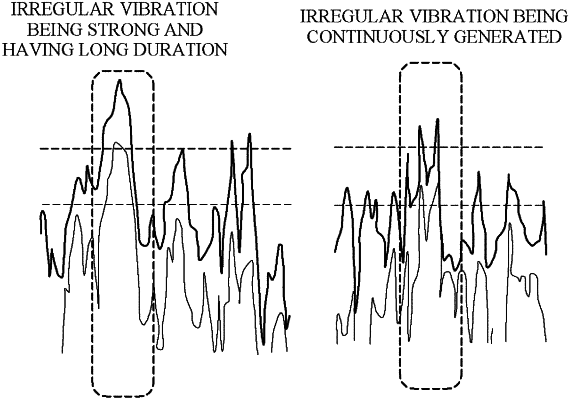| CPC G07C 5/0808 (2013.01) [G01M 15/12 (2013.01); G05B 13/0265 (2013.01)] | 14 Claims |

|
1. A device for AI-based vehicle diagnosis using CAN data, the device comprising:
an engine;
a vibration sensor mounted in an engine compartment in which the engine is mounted and configured for detecting a vibration signal; and
a controller area network (CAN) communicating with one or more of an environmental condition, a vehicle status, an engine status, and an engine control parameter,
wherein data preprocessing from the vibration sensor and the CAN is performed to determine features in which correlation between vibration data (dB) exceeding a threshold value of irregular vibrations being generated by the engine and the CAN data is equal to or greater than 90%,
wherein the threshold value of the irregular vibrations is subject to 0.5th and 1st order components.
|